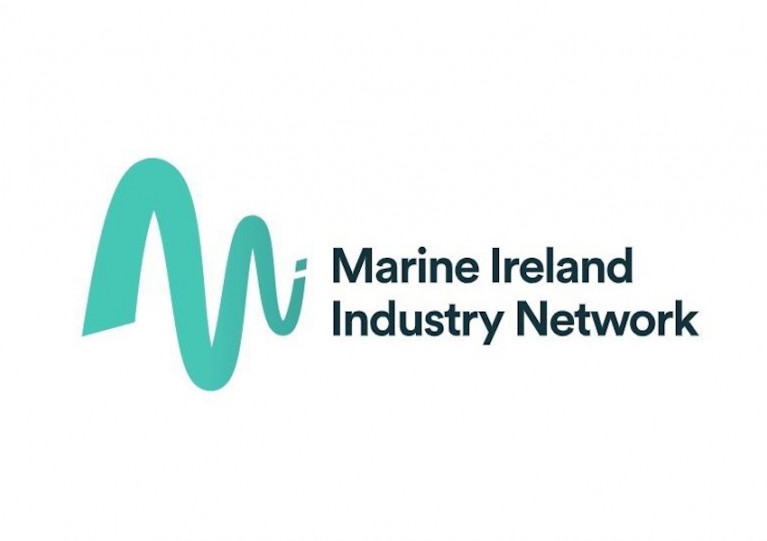Displaying items by tag: BlueWise Marine
As part of this year’s events for European Maritime Day, the Marine Institute and BlueWise Marine will host a special SmartBay Observatory ‘family fun day’ this weekend.
Ahead of its redeployment in Galway Bay off the coast of An Spidéal/Spiddal, the ocean observatory will be on display at Stiúideo Cuan in the Co Galway town this Saturday 21 May from 10am to 5pm.
The day will also feature fun and educational marine workshops for all ages along with circus workshops and performances, face painting and more.
Once returned to the sea bed, the SmartBay Observatory will remain collecting scientific data 24/7. The observatory also hosts two underwater video cameras which continuously stream live footage to the public via the SmartBay website.
The SmartBay Observatory has been undergoing maintenance and upgrades in recent months and will soon be redeployed to its location 1.5km off the coast of An Spidéal in a depth of 20 meters.
“Having the rare occasion to showcase the SmartBay Observatory on land presents a unique and fascinating opportunity to learn and discover more about how we monitor the ocean,” said Alan Berry, section manager of marine research infrastructures at the Marine Institute. "We are looking forward to welcoming all to a fascinating and fun-filled day.”
To join in the fun this Saturday, be sure to RSVP to [email protected]
The Marine Ireland Industry Network (MIIN) is expanding its social media presence as it prepares for the official launch of its brand-new website.
Established in 2016 with the aim of bringing together Ireland’s marine industry under the ‘Marine Ireland’ brand, the network comprises a diverse range of companies, State organisations, research groups and academia working in Ireland’s blue economy.
At the heart of the MIIN are the Marine Institute, Enterprise Ireland and BlueWise Marine — the former SmartBay Ireland based in Galway.
The network’s new website, which includes a member’s directory, is now live and among other things is intended to be a one-stop shop for international interests to better understand the capabilities of the marine industry here.
The MIIN says it is “focused on building collaboration and promotion opportunities for its members, both nationally and internationally”.
The new website is now live and will be officially launching soon. For updates on this launch event and more follow @MarineIrnNet on Twitter.






























































